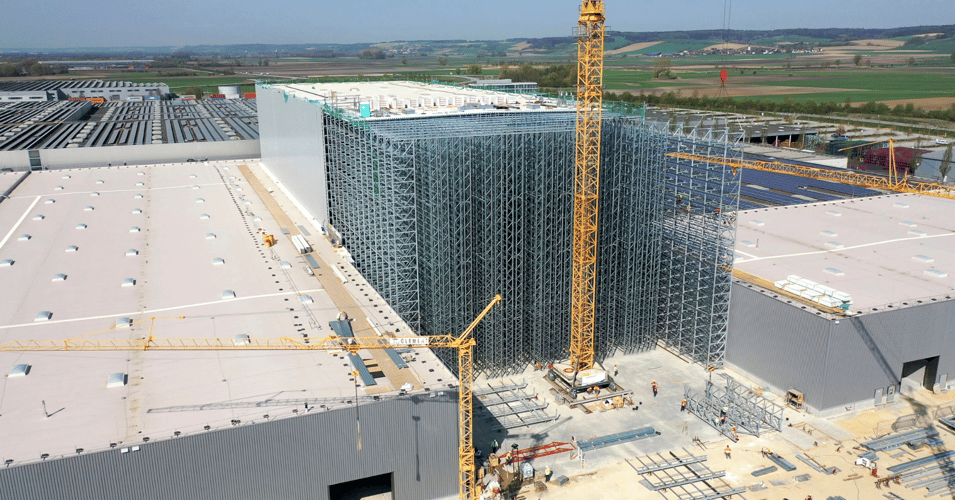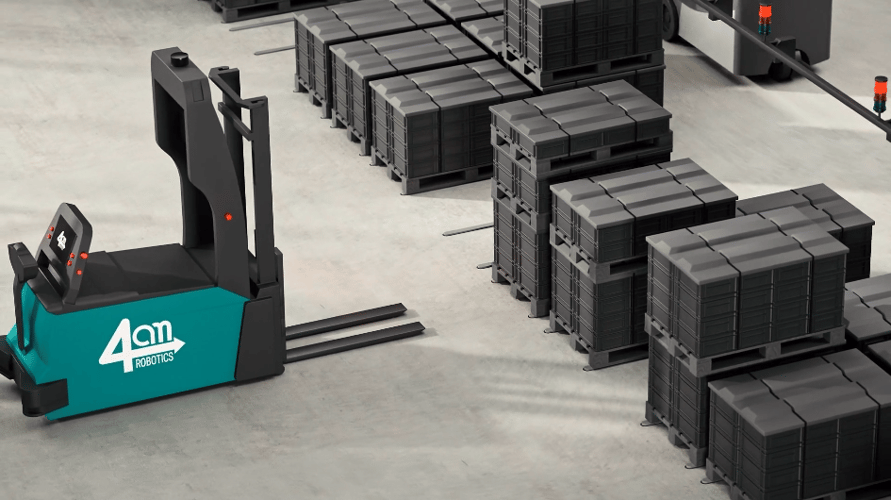.png?width=950&name=SCIO%20Website%20Featurebild%201910x1000%20(8).png)
The "Pick & Pack" time - i.e., how long it takes for ordered goods to be ready for shipment - is a crucial factor for every e-commerce company, because every minute in the process counts in the battle for the fastest delivery time and exceptional service. Customer expectations are high, and only those who can meet them will remain competitive over the long term.
The rise in online shopping and the resulting explosive growth of the e-commerce market was clearly evident during the pandemic. Large volumes of orders, shipments, and data, as well as returns, need to be managed in an efficient way. Warehouse logistics face a challenge that can only be met with maximum effectiveness and efficiency without any personnel bottlenecks cropping up - automation solutions for intralogistics are on the rise as a result. This makes the e-commerce industry the driver for logistics automation, which is expected to grow by 14% annually to $94.02 billion by 2026.Alfonso Flores, CEO of #memberofscio Modumaq in Spain, also agrees:

|
"Especially due to the fact that we've experienced strong growth in the e-commerce space, many companies come to us with the same core issue: How can I organize the material flow? This is particularly challenging in online retail, where we are dealing with a chaotic goods flow. Every day is different - what needs to be shipped; what has been returned? The order volume increases rapidly through Black Friday, and there is a high rate of returns afterwards, more often than not. Warehouse logistics has to be able to deal with this first. The sorting rules are also different in e-commerce. No two orders are alike, and each has a different number of items." |
Only with the support of data-intensive automation, AI and algorithms can this chaotic flow of goods be managed in the shortest possible timeframe, ensuring that retailers can remain competitive. Automation happens on two levels here.
On the one hand, business processes need to undergo digital transformation to be efficient, optimize workflows and minimize costs. In e-commerce logistics, for example, this includes automatic order entry to minimize errors and make collaboration between multiple departments more efficient.
On the other hand, everyday tasks that were previously carried out by humans need to be automated using robots.
In Alfonso Flores’s eyes, the following technologies are crucial factors in e-commerce centers when it comes to warehouse automation.
• high-speed sorting machines
• automated warehouse systems
• collaborative robots
Efficient package sorting is done with automated conveyor systems. These are fitted with scanners that can recognize barcodes anywhere on the package, allowing them to sort and transport packages properly. Automated pick-and-pack technologies also ensure maximum efficiency by detecting a package's dimensions in advance via sensors, and then safely gripping and packing it by using robotic arms. Modumaq is an automation specialist for this kind of high-speed sorting system, relying on the mechanical sorting systems from its partner, Interroll, which are managed and controlled by state-of-the-art logistics software – developed by Modumaq.
Automated inventory management provides timely information about stock shortages and prevents issues from arising in the supply chain.
Collaborative robots such as the AMC-L from SCIO brand 4am Robotics also automate the last meter in the flow of goods and ensure full automation of the warehouse value chain. This takes a load off of logistics personnel and allows them to spend their time on other tasks.
"At the same time, the cobot allows us to address a major problem experienced by our customers who want and need to get away from rigid conveyor systems and integrate flexible material flow. This improves efficiency and effectiveness in e-commerce enormously," said Alfonso Flores.
Learn more about SCIO's intralogistics solutions that cover the entire value chain here.


















.png?height=500&name=SCIO%20Website%20Featurebild%201910x1000%20(9).png)

